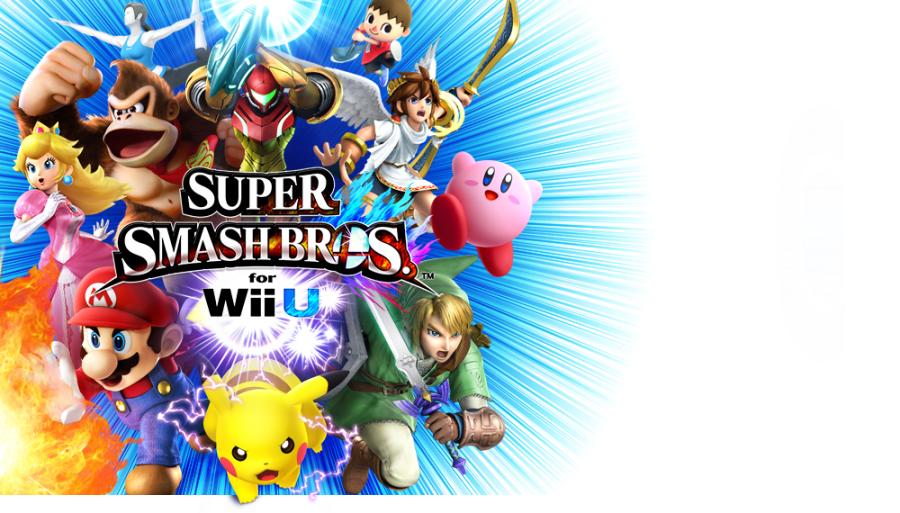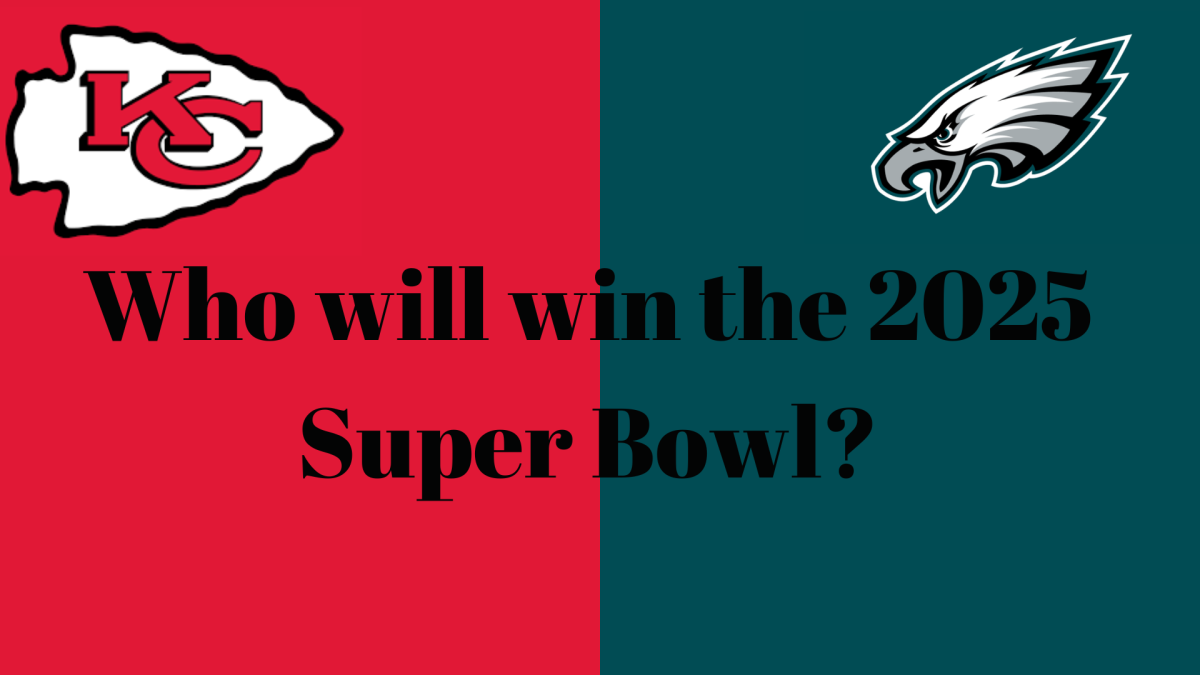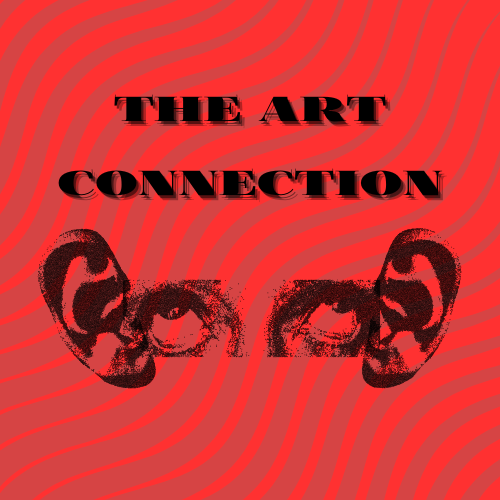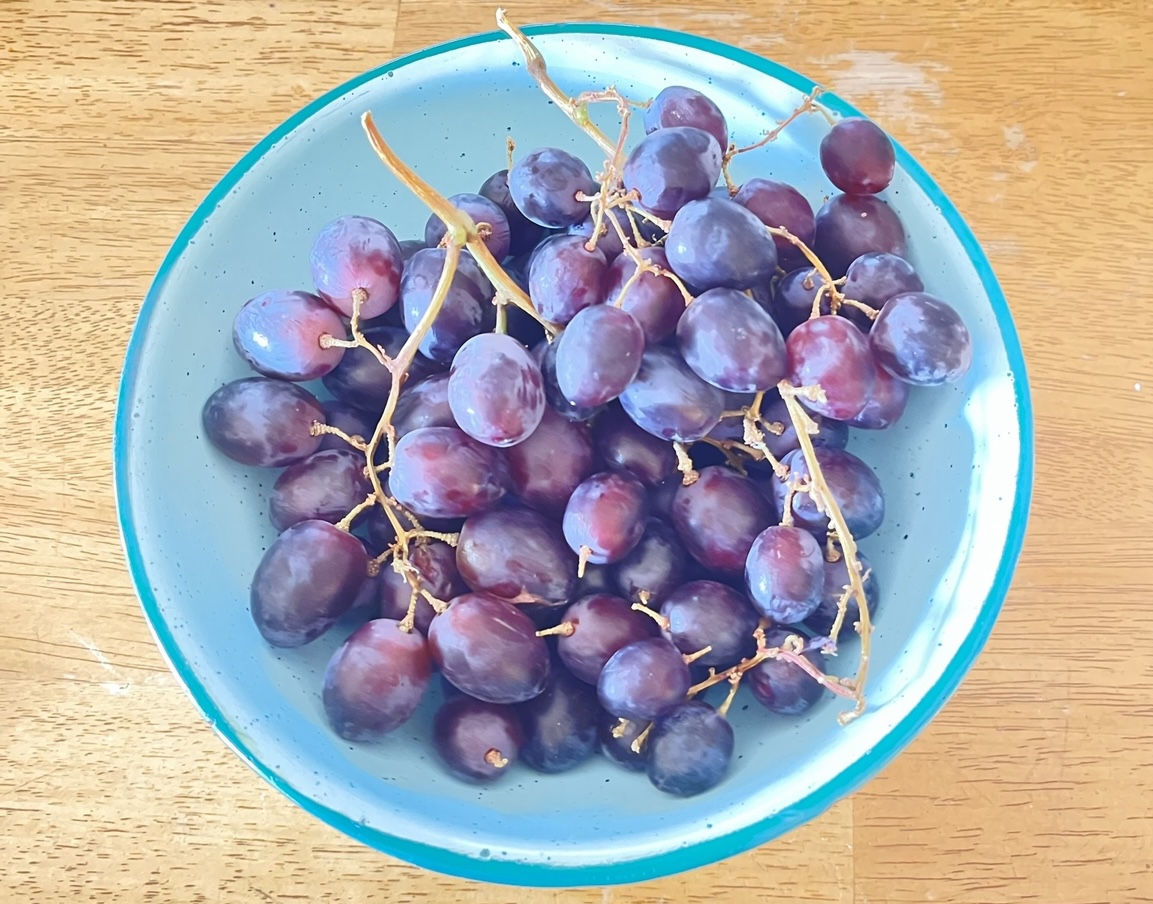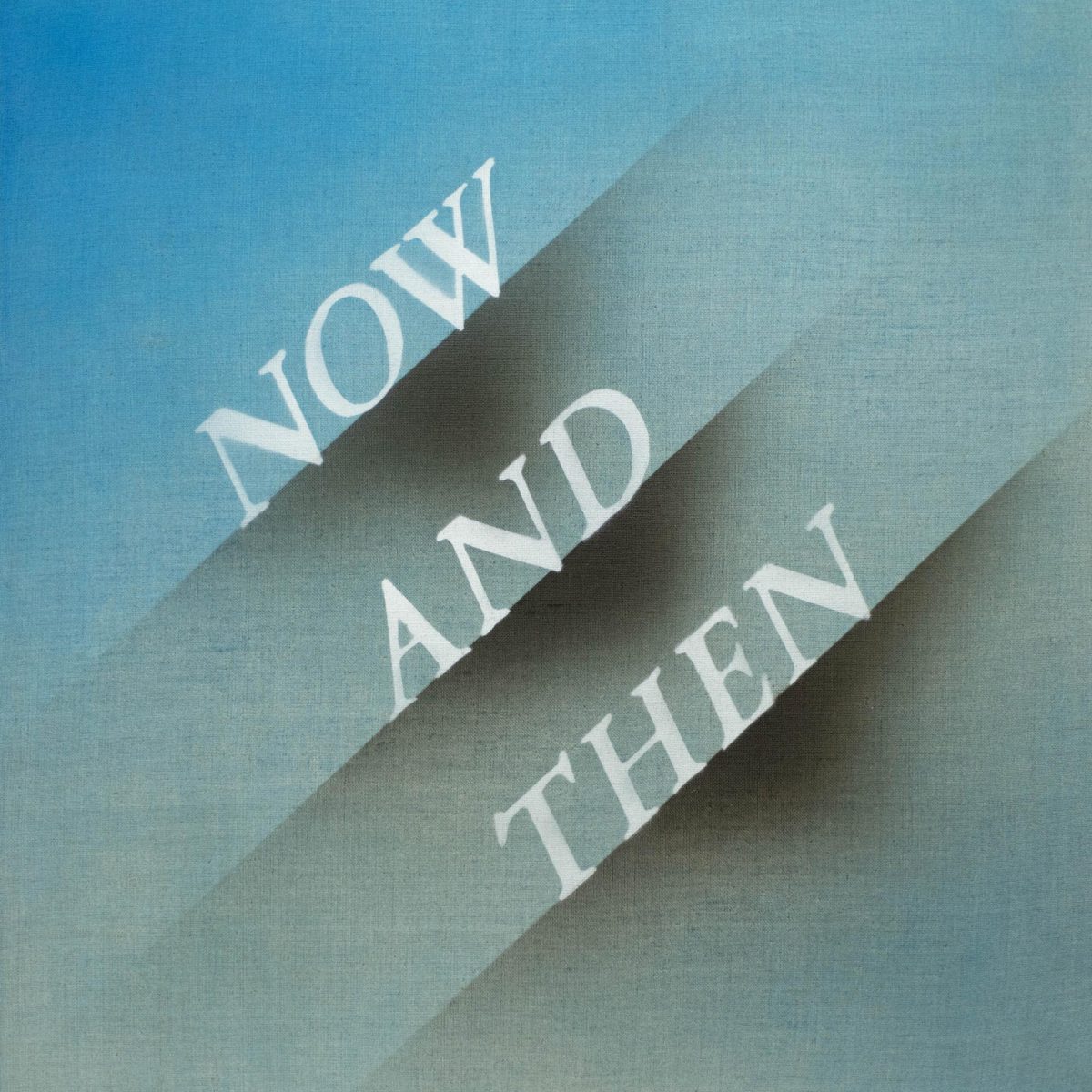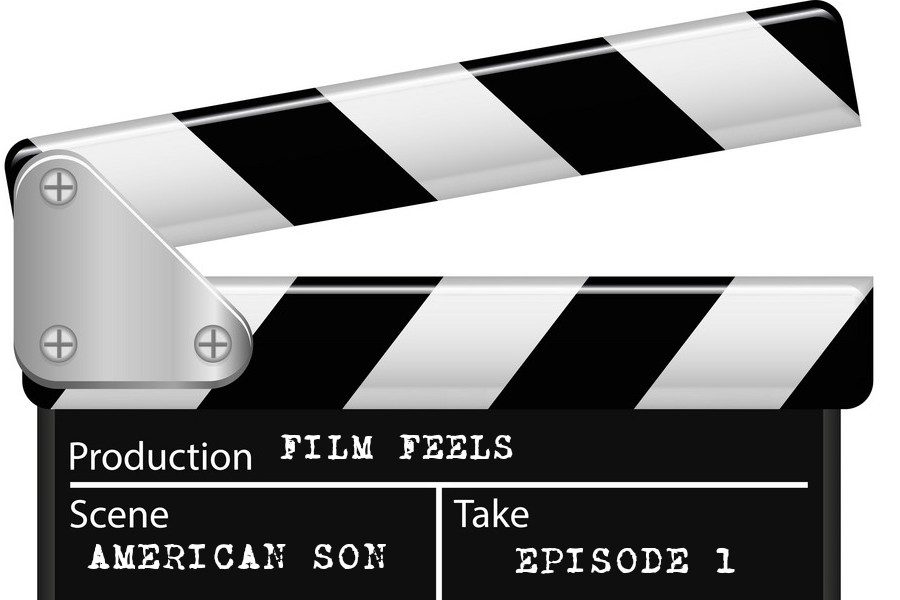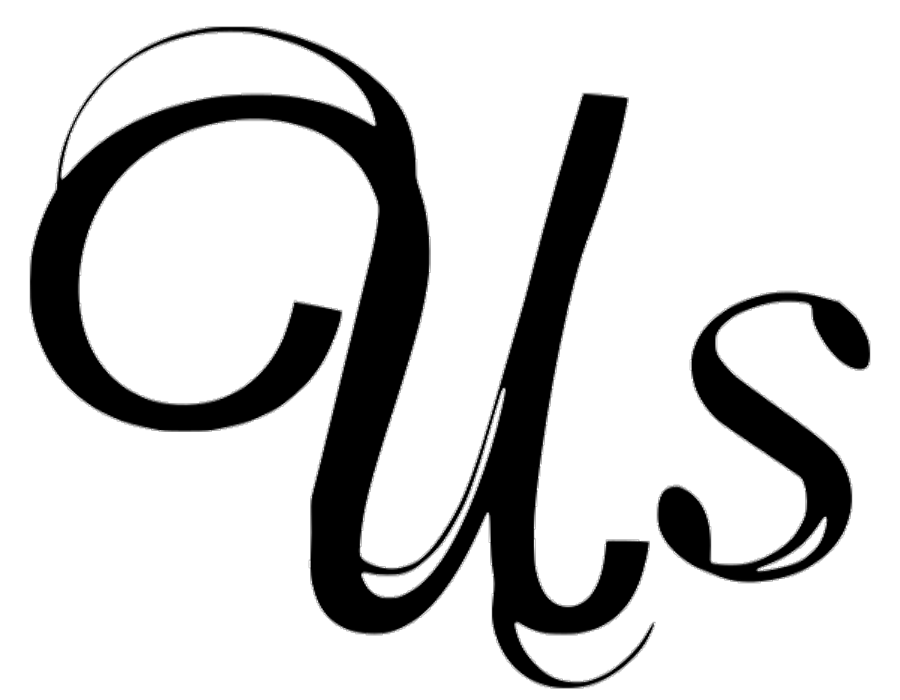The Super Smash Bros. series began its reign in 1999 with its release on the Nintendo 64, followed with three more additions; Melee for the Nintendo GameCube, Brawl for the Nintendo Wii, and four for the 3DS and Wii U. The latest release of Super Smash Bros. 4 for 3DS this year has not disappointed, especially in terms of variety.
The new game includes 49 characters, with 15 of those characters being new to the series. Some of these new characters are: Robin, Pac-Man, Mega Man, and Greninja, just to name a few.
There are 12 unlockable characters, seven of which are returning characters from the previous games. Although many characters are new to the game, there is something different about character selection compared to the past.
Normally in Super Smash Bros. games, there is an option to change the colors of playable characters if their color isn’t appealing or just getting old. Now, there are some characters that change color, but can also be different characters or have different costumes, still having the same moves as the original fighter. One example of this is the new character Wii Fit Trainer.
Wii Fit Trainer was the first character revealed to have alternate costumes. The original Wii Fit Trainer is a female; however, no one is restricted to the female version if they don’t like it. There are male costumes for this character as well as female, so if someone wanted to be that fighter, but another wanted to be that character too, then most of the time there will not be two of the same exact character. This feature was slightly there in Brawl, but not quite as apparent.
There were a few characters in Brawl who shared this feature. Zero Suit Samus/Samus, Pokémon Trainer, and Zelda/Sheik were all characters that applied to this rule, but had a special ability to switch either in-game or out before a match started. For example, with Pokémon Trainer and Zelda, you could choose which one you wanted to play as before a match is started and switch anytime you wanted in-game. The new Smash Bros. has no such thing.
In the new Smash Bros., two characters that were just another coloration of other characters are now their own separate character. The only two clones in Smash Bros. 4 are Dark Pit and Dr. Mario.
These clones have the same basic moveset as the original fighter, but their moves are themed around the clone. For example, with Pit, his light arrow move is a light blue; whereas, Dark Pit’s light arrow is dark purple and ghastly.
Aside from alternate costumes and clones, there is now the ability to customize your characters, which is a great introduction to the new character Mii Fighter.
Unlike Brawl, you can now create a fighter based on the player’s Mii. It is not just the creation of the character, but the customization of stats, abilities, and looks. There are now item bags with a wrench sticker on the front that you can pick up while fighting to get more moves for customization.
You can choose any character you’ve unlocked and mess around with their stats and moveset. The three stats to adjust are attack, defense and speed. You can pick up items in the bags which sometimes contain items that can be put on the fighter in the Equipment section to adjust these attributes, but they can be manually adjusted as well. As for abilities, those are something only you can do.
When you open up the customization menu and get into the Specials section, there are four moves: neutral special, side special, up special, and down special. The more wrench bags you get in-game, the more moves you get for each special. There are three choices of moves for each special, so if all moves are unlocked for each special on a character, there can be some interesting move combinations.
Characters are an important aspect of the game, but gameplay is just as important, if not more.
As far as a Smash Bros. game goes, the gameplay is pretty straightforward: beat up the other fighters and hope that you’re the last one standing. The classic beat-em-up style gameplay has not gone anywhere, but new items have increased the intensity of battles.
There are 73 items in the game, 27 of which are new. Some items include: Bullet Bill, the Master Ball, Gust Bellows, Pow Block, and of course, the beloved Smash Ball.
In 2006 at E3, the Smash Ball was announced to debut in Super Smash Bros. Brawl for the Wii. The Smash Ball is an item that, when broken, can allow the player to unleash a powerful smash attack. Most Smash moves stayed the same in the new game, but some characters’ Smash got a little tweaking.
An example of this change in Smash move is Kirby. In Brawl, Kirby’s Final Smash gave him a chef’s hat and a cauldron, and it would suck everything in close proximity into the cauldron and boil it. When finished cooking, Kirby does a little dance and the cauldron spurts everything out, also creating new items. Kirby’s Smash in the new game is the Ultra Sword, which is a move that will only affect players caught when the move is used. This brings up the different types of smashes.
There are five categories a Smash move can fall in: Directional moves only shoot in one direction, Focused moves affect nearby areas, Trapping moves attack a certain area and beats down the fighter caught, Stage-Wide moves affect the entire stage, and Transformation moves only affect the user by making them stronger and letting them roam around the stage causing havoc among the other fighters.
Final Smashes are just one thing, but items are a big part of the game. Assist Trophies may just be one of the most helpful items.
Assist Trophies are items that, once picked up, release one of many characters to come and help the fighter who releases it. There are 39 assist trophies; some can be devastating, while others are just there to help.
One example of a helpful trophy is Isabelle from Animal Crossing: New Leaf. Isabelle stands in one place, throwing fruits and other foods to heal the player. Once the food is touched, health is regenerated; however, other players can obtain these food items from Isabelle as well, so those who summon Isabelle must stay alert. Of course, not all trophies are as friendly as Isabelle.
There are some trophies that are neutral, like The Devil from Devil World. He affects all players by pointing in a direction (up, down, left or right) and moving the screen in that direction. It can be devastating for all players, including the one who summoned it. Finally, there are the most aggressive of the trophies.
The aggressive trophies are those which attack other players on the map, whether it is by chance or on purpose. One trophy that attacks opponents with relentless force is Ghirahim from The Legend of Zelda: Skyward Sword. He attacks players using both sword and knife. Now, players can attack summoned assist trophies to defeat them or stun them; however, Ghirahim cannot be stunned or killed. In fact, if he falls off of the stage, he will teleport back to land.
Of course, no one can forget about the wonderful Poké Ball and now newly introduced Master Ball which only produces Legendary Pokémon. There are a few returning Pokémon, but many new ones out of the 42 Pokémon, including Gogoat, Abomasnow, and Victini. Although Pokémon are a tiny part of the game, there are larger parts.
Those larger parts are something that you as the player must discover. The knowledge you learn by playing the game is much more valuable than the information given here in this review. These are just a few tidbits on the game. Get out there and fight on!



